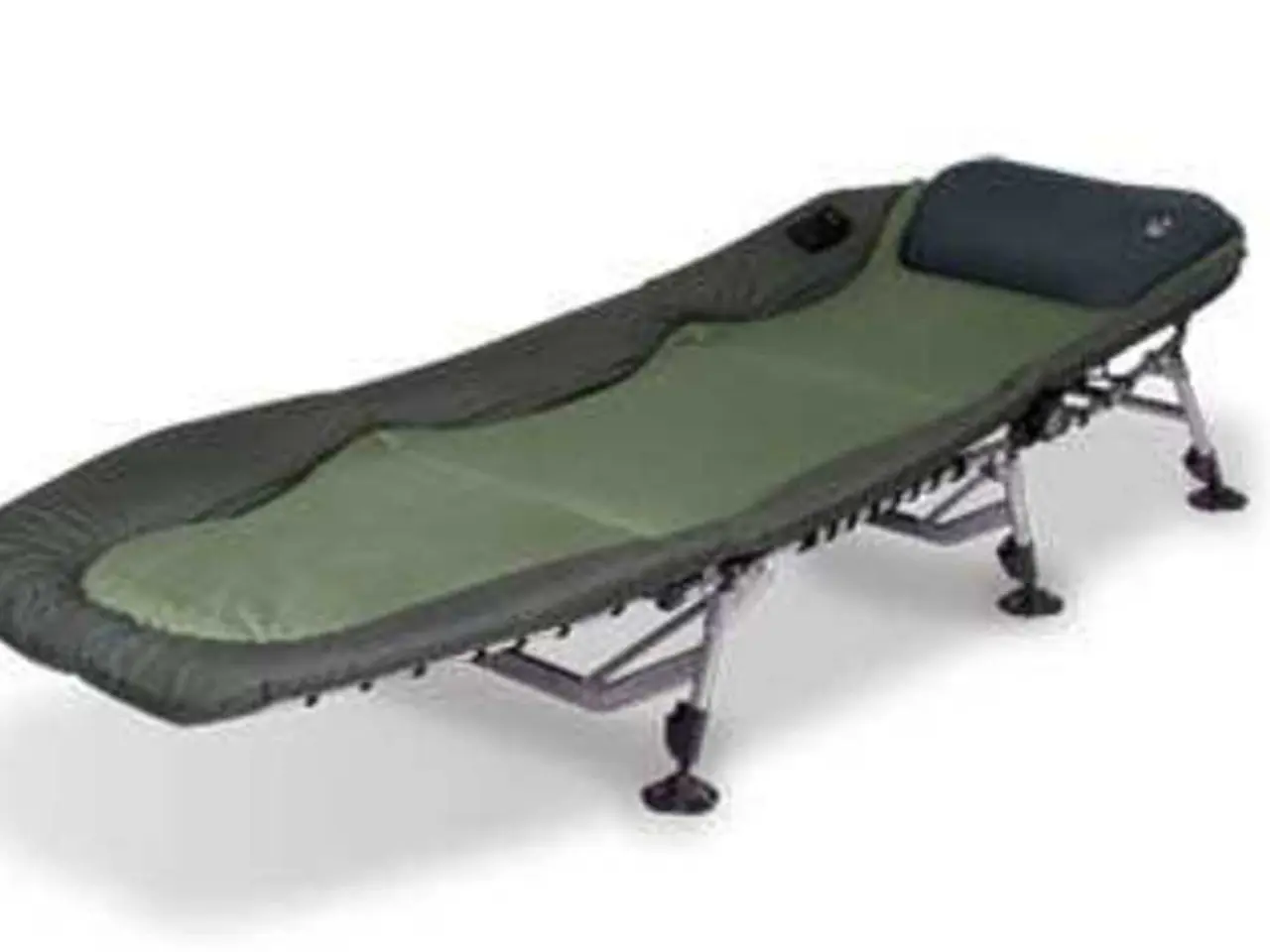Avoiding Exercises for Individuals With Hip Arthritis
=====================================================================================
For those dealing with hip osteoarthritis, also known as wear-and-tear arthritis, it's crucial to approach exercise with care. High-impact and heavy-load exercises, deep bending movements, and abrupt or twisting motions should be minimized or avoided, as they can increase joint stress and pain [1][5].
Instead, focusing on low-impact and controlled exercises can help relieve symptoms and improve joint mobility.
Gentle stretching exercises, such as hamstring stretches, quadriceps stretches, and hip flexor stretches, can increase flexibility and reduce stiffness around the hip joint [3]. Strengthening exercises targeting the hip abductors, gluteal muscles, and core—such as active hip abduction and stability ball wall squats—help support and stabilize the hip, reducing irritation and improving function [2][3].
Walking, when done on even surfaces and in moderation, can also be beneficial. A gradual increase in duration as tolerated is recommended [2].
Warming up before exercising with gentle walking and cooling down similarly afterward is important to prepare muscles and avoid injury [3]. Low-impact activities like cycling, swimming, yoga, and controlled walking are generally recommended to maintain joint mobility and muscle strength without excessive joint load [4].
For people with hip osteoarthritis, exercises in a swimming pool can help reduce the pressure on the hips [6].
Remember, stretching the muscles that you strengthen is important for restoring range of motion and preventing injury.
Before starting any exercise regimen, it's always a good idea to consult with a doctor or physical therapist, who may recommend progressing to light weights for strength training based on your specific needs and capabilities [7]. With the right approach, exercise can play a significant role in managing hip osteoarthritis effectively [1][2][3][4][5].
- Science has revealed that people dealing with chronic diseases like chronic kidney disease may also experience symptoms of arthritis, highlighting the importance of managing medical conditions and chronic diseases together as part of a comprehensive health and wellness plan.
- In the realm of fitness and exercise, CBD, a compound found in cannabis, has been explored for its potential to aid in pain management for those with arthritis, although more scientific research is necessary to confirm its effectiveness.
- Beyond arthritis, individuals battling other medical conditions like diabetes or high blood pressure must also be mindful of their exercise routines, ensuring they choose activities conducive to their health status, such as low-impact exercises that reduce joint stress and pain.
- To maintain optimal health and wellness, people with arthritis are encouraged to incorporate a variety of exercises into their routine, such as stretching, strengthening, low-impact aerobics, and swimming, with proper guidance from healthcare professionals like doctors and physical therapists.






